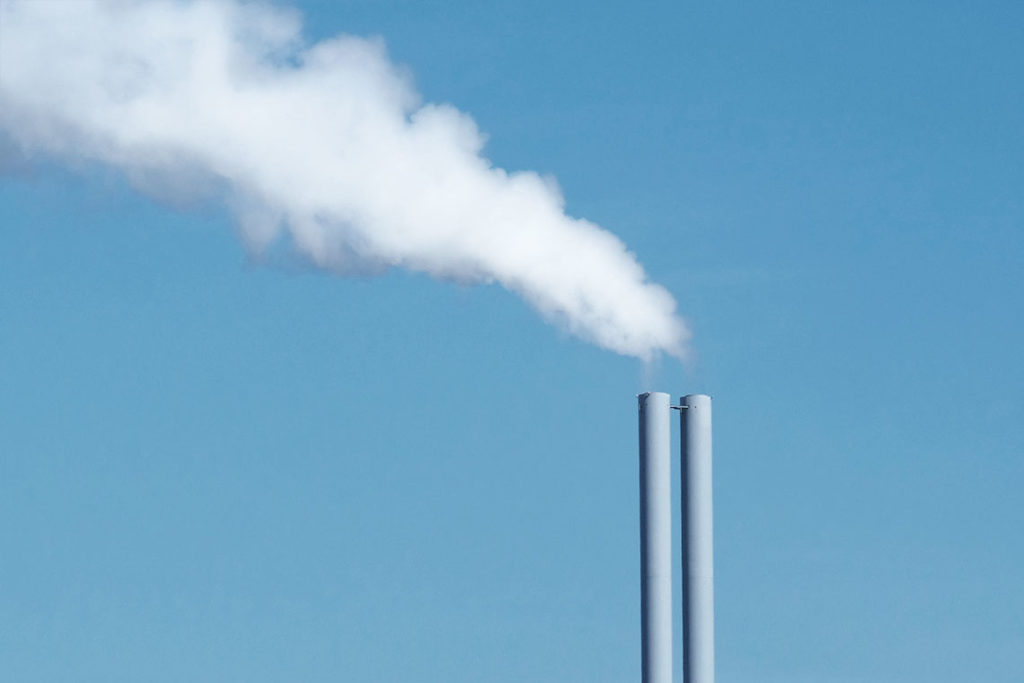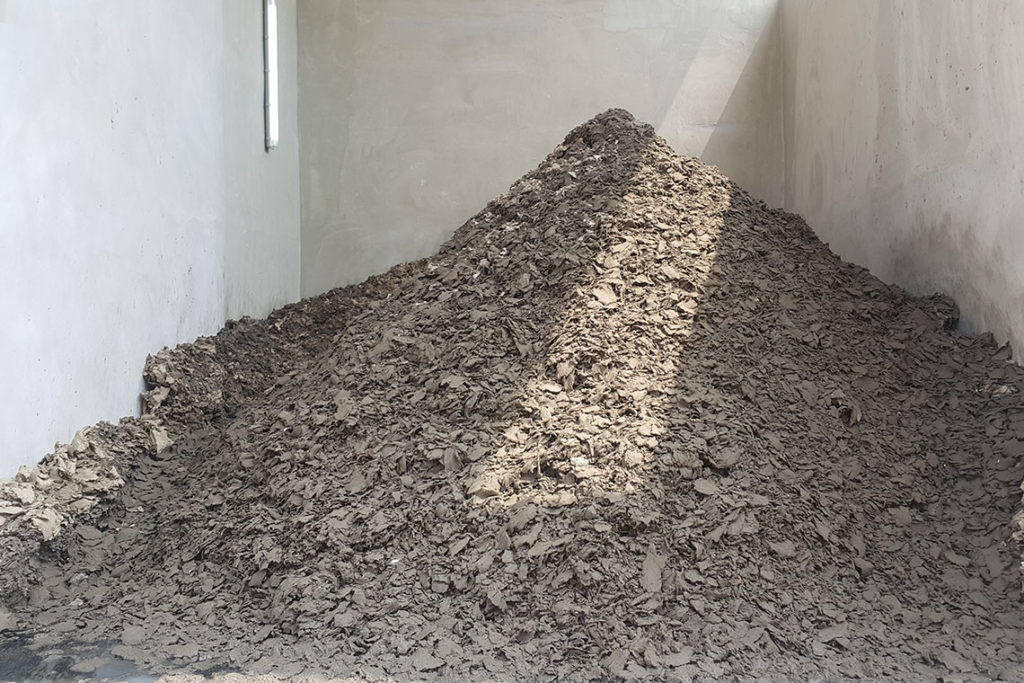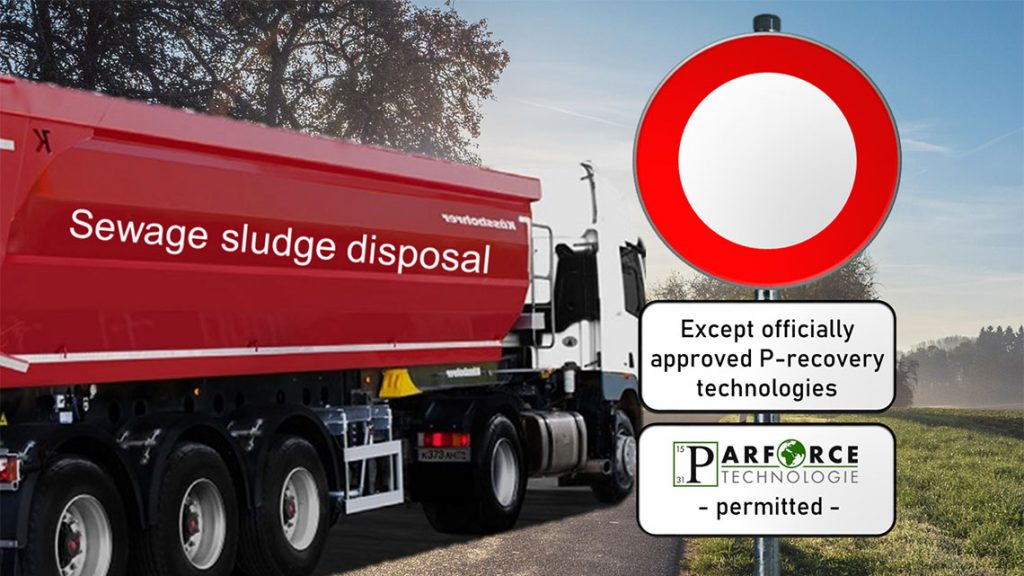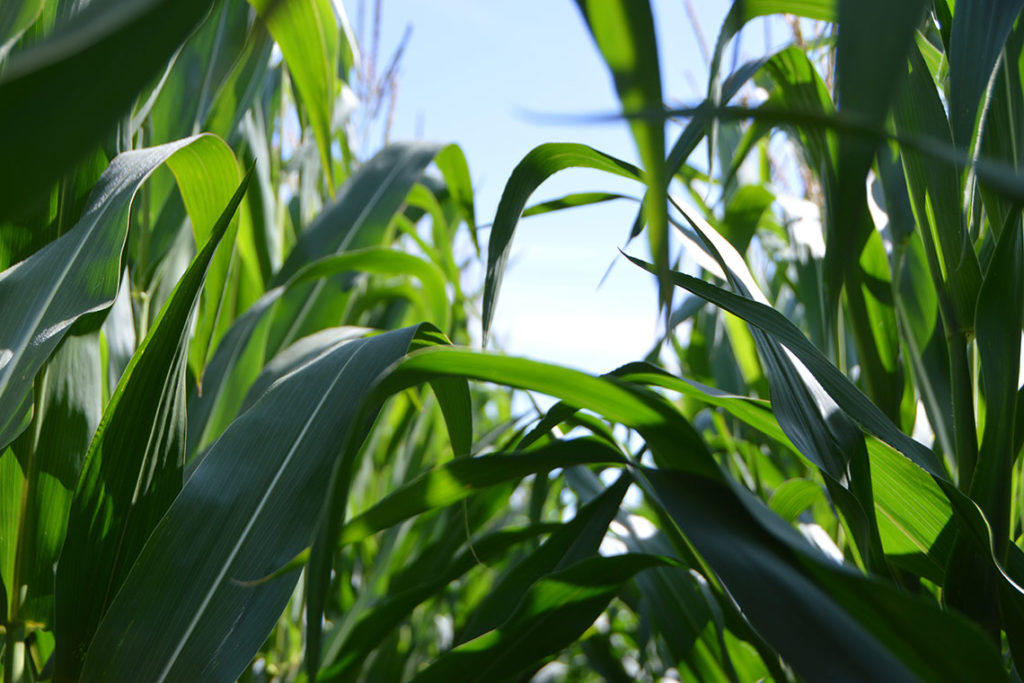The sewage sludge from municipal and industrial wastewater treatment plants is largely disposed of thermally. In Germany, the annual sewage sludge volume is about 3.0 million tonnes of dry matter. Of this, about 1.8 million tonnes are from municipal and 1.2 million tonnes from industrial wastewater treatment plants (Destatis 2016).
The portion of sewage sludge from industrial wastewater treatment plants that is disposed of thermally accounts to 40%. The rest is recycled elsewhere, with soil-related utilisation accounting for less than 3%.
More than 65% of sewage sludge from municipal wastewater treatment is disposed of in incineration plants (1.1 million tonnes). The rest is currently still used for agricultural or agronomic purposes. According to AbfKlärV, almost all of this sewage sludge must be incinerated from 1 January 2029 or 1 January 2032 respectively and 80% of the phosphorus contained in the resulting ash must be recovered.
An essential technical and economic prerequisite for phosphorus recovery according to AbfKlärV is incineration in incineration plants that almost exclusively incinerate municipal sewage sludge (mono-incineration plants).
Currently, Germany has mono-incineration capacities amounting to 620 thousand tonnes of dry matter. A capacity of approximately 460 thousand tonnes is used by municipal and 160 thousand tonnes by industrial sewage sludge annually (Destatis 2016, UBA 2018). However, most of the sewage sludge goes into co-incineration plants for thermal utilisation, mainly coal-fired power plants (400 thousand tonnes) and cement works (125 thousand tonnes). A smaller part (42 thousand tonnes]) goes to waste incineration plants.
These figures show that considerable new mono-incineration capacities will have to be created by 1 January 2029 to meet legal obligations. Capacities must be built not only for the sewage sludge that is currently still utilised in agriculture (700 thousand tonnes), but also for the sewage sludge that is currently co-incinerated (together 1.1 million tonnes of dry matter).
There are currently around 34 new construction projects, each with different planning, approval and implementation statuses. The majority of these projects are in the responsibility of municipal companies or municipal partnerships. What all these new construction projects have in common is that there is still no final solution for phosphorus recovery. If no phosphorus recovery can be realised by 1 January 2029, the sewage sludge ash must be temporarily stored in separate landfills. The ash in intermediate storage will then continue to be subject to the recovery obligation.
In 2023 and 2027, all wastewater treatment plant operators must submit their phosphorus recovery concept in preparation for 2029 and 2032. Even though the recovery obligation is transferred to the incinerator, the wastewater treatment plant operators remain obliged to provide sufficient evidence to the authorities that phosphorus recovery meets the requirements of the AbfKlärV as of 1 January 2029/2032. The incinerators must be able to provide sufficient data for wastewater treatment plant operators for their 2023 concept.



